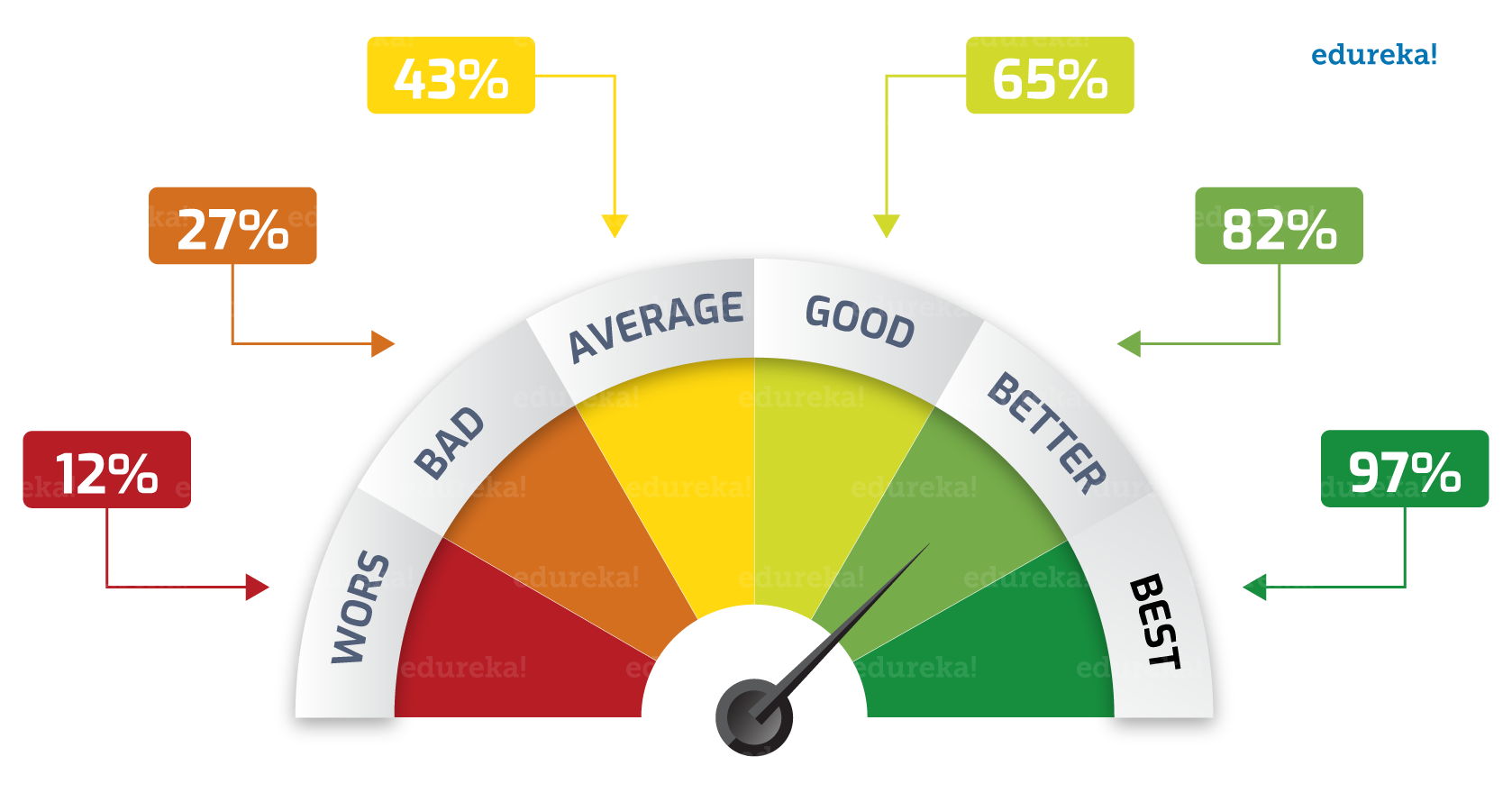Selenium Course
- 65k Enrolled Learners
- Weekend/Weekday
- Live Class
The modern era of IT has seen an overwhelming evolution of the Software Testing industry giving way to greener pastures. Thus it becomes very important to ensure the effective performance of the software application. Through the medium of this “Performance Testing Tutorial”, I will be providing you in-depth knowledge about performance testing fundamentals along with the details on a load testing tool known as JMeter.
You may also go through this recording of software testing tutorial where our Software Testing Training experts have explained the concepts in depth.
This video on Performance Testing Tutorial gives a complete insight on performance testing, its types, and how to do performance testing with the help of JMeter.
Performance Testing is a type of software testing that ensures that the software applications will perform well under their expected workload. It is essential to verify whether the product meets the expected or required performance level. Performance testing measures the quality attributes of the system, such as scalability, reliability and resource usage.

Now that you know what is performance testing, let’s see why you need performance testing.
Performance Testing provides information about their application regarding speed, stability, and scalability. More importantly, it uncovers what needs to be improved before the product goes to market. Without that, software might suffer from issues such as: running slow while several users use it simultaneously, inconsistencies across different operating systems and poor usability.
Performance testing determines whether their software meets speed, scalability, and stability requirements under expected workloads. Applications that are sent to market with poor performance metrics due to nonexistent or poor performance testing are likely to gain a bad reputation and fail to meet expected sales goals. These are a few of the reasons that depict the need for performance testing.
Now let’s dive deeper into this Performance testing tutorial article and see its different types.
Below image shows different types of performance testing. 
Let’s have a look at the details of its various types in depth.
Now that you have gained some insights into the fundamentals of performance testing, let’s move further and understand the working and steps involved in the performance testing process.
The below infographic depicts the steps involved in the performance testing process. Let’s dive deeper and understand each of these steps in detail:
 Step 1: Identify the testing environment
Step 1: Identify the testing environmentIdentify the hardware, software, network configurations and tools available for testing. Performance testing environment options include:
In addition to determining metrics such as response time, throughput and constraints, determine what are the success criteria for performance testing.
Determine performance test scenarios that take into account user variability, test data, and target metrics. This will basically create one or two models.
You need to prepare the elements of the test environment and instruments needed to monitor resources.
Develop and implement the tests for execution.
In addition to running the performance tests, you must monitor and capture the data generated.
The last step is to analyze the data and share the findings. Here, you must run the performance tests again using the same as well as different parameters.
So, this was all about Performance Testing process. Now let’s know what are the test metrics or parameters for performance testing.
Now let’s move ahead with our “Performance Testing Tutorial” and find out some of the best tools used for performance testing.
For details, You can even check out in-depth knowledge of various functionalities of JMeter which are used to evaluate the performance of the application with the Performance testing course.
Performance testing is significant in real time, particularly from a point of view of customer satisfaction. There are various performance testing tools available, such as:
JMeter is one of the most preferred tools when it comes to Performance Testing. So, let’s move ahead with our “Performance Testing Tutorial” to know more about this particular testing tool.
Apache JMeter is a tool used for testing, analyzing and measuring the performance of different software services and products. It is one of the pure Java open source software used for testing Web Application or FTP application.
 It is mainly used to execute performance testing, load testing and functional testing of web applications. JMeter can also simulate a heavy load on a server by creating tons of virtual concurrent users to a web server.
It is mainly used to execute performance testing, load testing and functional testing of web applications. JMeter can also simulate a heavy load on a server by creating tons of virtual concurrent users to a web server.
Let’s take a look at the different steps performed by JMeter during testing:
If you wish to know more about JMeter and its working, kindly read this article on JMeter Tutorial.
With this, we come to the ending of this article on Performance Testing Tutorial. Hope it helped in adding up to your knowledge. Happy learning.
Now that you know about the performance testing tutorial, check out the Performance Testing Using JMeter Course by Edureka, a trusted online learning company with a network of more than 250,000 satisfied learners spread across the globe. This course provides you insights into software behavior during workload. In this course, you will learn how to check the response time and latency of software and test if a software package is efficient for scaling. The course will help you check the strength and analyze the overall performance of an application under different load types.
Got a question for us? Please mention it in the comments section of Performance Testing tutorial article and we will get back to you.
 Thank you for registering Join Edureka Meetup community for 100+ Free Webinars each month JOIN MEETUP GROUP
Thank you for registering Join Edureka Meetup community for 100+ Free Webinars each month JOIN MEETUP GROUPedureka.co